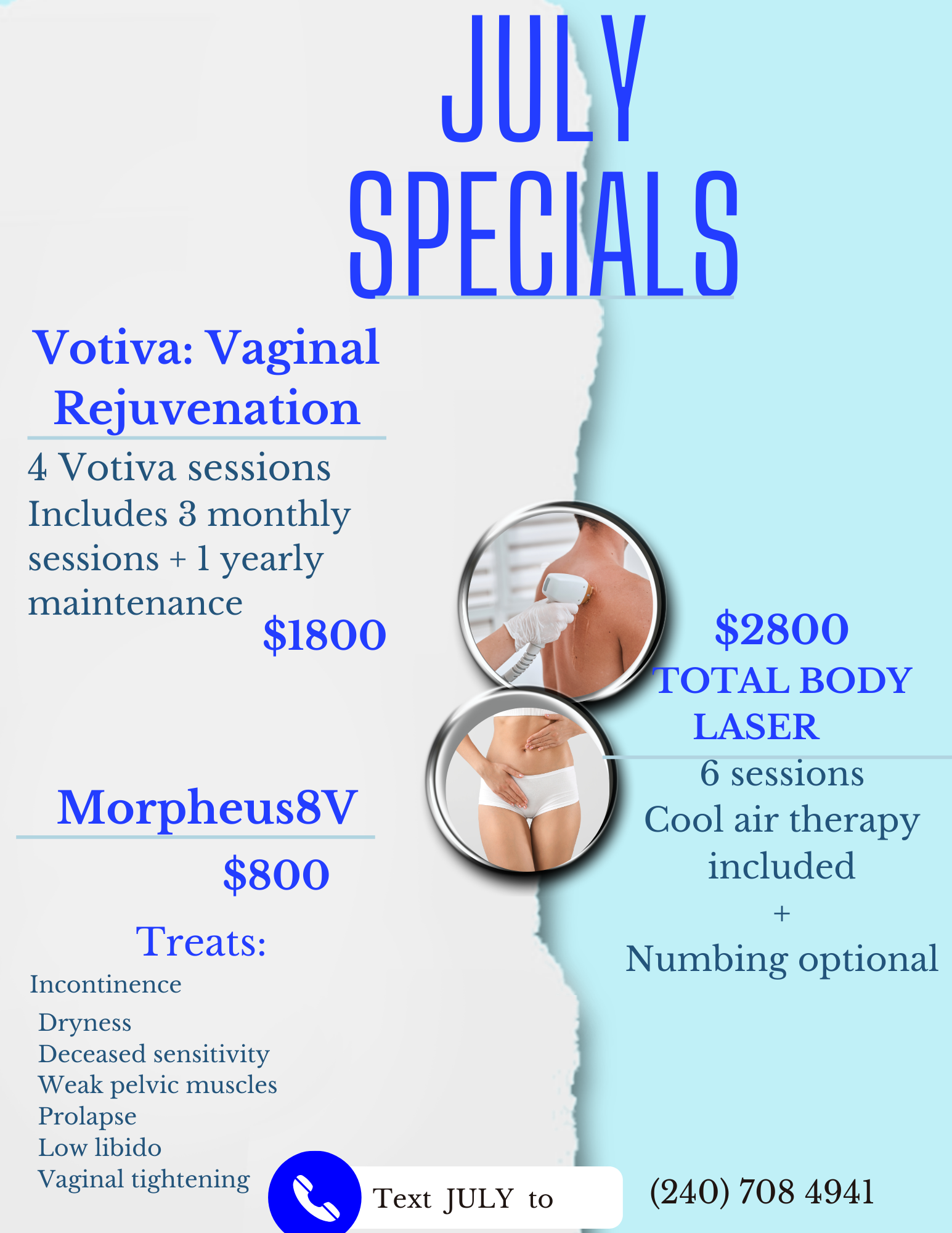Everything You Need to Know About Rosacea—And How to Get Rid of It
More than 16 million Americans experience rosacea symptoms, although many women and men who have this incurable skin disorder know very little about it. As rosacea is increasingly becoming even more widespread among the baby boom population, Dr. Beena Nagpal, an expert in skin care and aesthetic treatments at Bella Medical Aesthetics in Columbia, Maryland, explains everything you need to know about rosacea and how to get rid of it.
Rosacea means redness.
The telltale signs of rosacea are facial redness and visible blood vessels. You may also experience swollen red bumps or pimples that are similar to acne. In some cases, even your nose can become larger and redder in appearance. You may even endure eye irritation in which your eyes are bloodshot, watery, and swollen.
Rosacea commonly begins after the age of 30 as flushing and redness on your cheeks, nose, chin, and forehead. The redness comes and goes and it’s treatable, but there is no cure. Over time, the redness becomes more severe, and that’s when blood vessels often become visible as well.
Untreated rosacea can cause your facial skin to thicken or become swollen. You may also feel burning and stinging sensations, or have patches of dry, scaly skin.
Rosacea is prevalent in fair-skinned adults.
Rosacea can affect anyone, but fair-skinned men and women are at a greater risk. If your skin burns easily or you flush frequently, you may be at a higher risk of developing rosacea than those with medium or darker skin tones. Some evidence suggests that rosacea runs in families, and affects those of northern and eastern European descent.
Middle-aged women with fair skin are more susceptible than men with fair skin, but the condition is often worse for men than for women.
Rosacea has triggers.
Rosacea is one of those chronic conditions in which certain triggers cause flare-ups. Triggers are different for everyone, and once you learn what yours are, you can avoid them whenever possible. Some common triggers of rosacea include:
- Blood pressure medications
- Medications that dilate blood vessels
- Makeup and skin care products
- Extreme hot or cold temperatures
- Spicy foods
- Alcohol
- Windy conditions
- Exposure to sunlight
- Emotional responses
If you can keep track of your specific triggers, you’ll be better able to manage your symptoms and flare-ups whenever they occur.
Rosacea causes are largely unknown.
Although the causes are still unknown, medical researchers are making strides toward identifying major elements of the disease that will hopefully lead to a more comprehensive approach to treatment. Some recent studies indicate that rosacea may be related to an inflammatory condition and your immune system. There is also a common link between the nervous system and vascular system in men and women who have rosacea.
Understanding the causes is imperative so you can get the best possible treatment options for relief from the disease’s uncomfortable and irritating symptoms.
Get rid of rosacea right now.
Since your rosacea symptoms are unique, it’s a good idea to see a medical skin care specialist like Dr. Nagpal. She examines your skin, speaks to you about your symptoms and triggers, and designs a customized treatment plan that will work best for your specific condition. Your treatment plan may include switching skin care products, using topical medications, or lifestyle changes to control or prevent the frequency of your flare-ups.
Some men and women find that they get almost-immediate relief from symptoms with topical therapies. Anti-inflammatory therapies often work well to manage symptoms long-term, but Dr. Nagpal explains which combination of medications and therapies will work best for you. For many, topical creams and lifestyle changes can make a significant difference in managing symptoms and controlling flare-ups, but for those that can’t get the relief they need, there are other options, too.
For moderate to more severe cases of rosacea, Dr. Nagpal recommends laser therapy. Laser therapy targets very specific areas of skin while leaving the surrounding areas of your face untouched. The laser treatment can effectively remove blood vessels that are visible as a result of rosacea. The laser also helps minimize the redness of rosacea.
Laser therapy for rosacea is painless and side effects are minimal and temporary, making it an ideal treatment option for long-term relief from symptoms.
Trust your rosacea care to an expert.
You don’t have to accept the outward signs of rosacea as an indefinite part of your life. Call or use the online booking tool to schedule a consultation with Dr. Nagpal to learn more about available treatment options, and get back to living your life with confidence.




